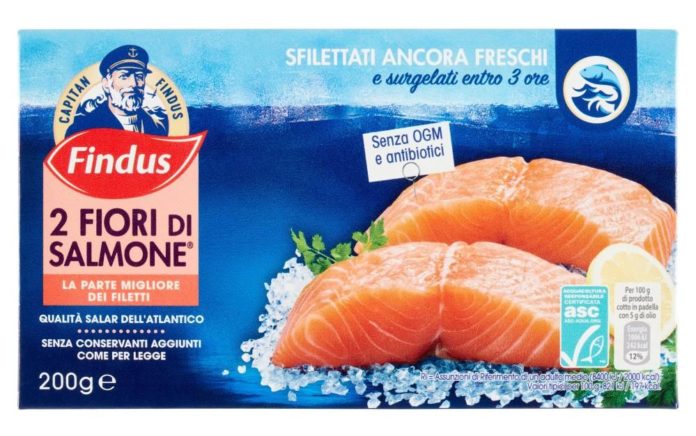A recent research project funded by Nomad Foods has identified the potential for a significant cut in carbon emissions across the frozen industry.
A groundbreaking study from frozen seafood giant Birds Eye’s parent company Nomad Foods conducted with science and technology firm Campden BRI, suggests that raising freezer temperatures from -18°C to -15°C could reduce energy consumption by 10% without compromising product quality or safety.
Partnering with experts at Campden BRI, Nomad aimed to determine if frozen food products could be stored at temperatures higher than the industry standard of -18°C.
The extensive study applied four freezing temperatures – ranging from -18°C to -9°C – to nine savory products, including poultry, coated fish, natural fish, vegetables, plant-based options, and pizza.
Analyzing eight key areas such as food safety, texture, nutrition, and energy use, the research showed a 10%-11% reduction in freezer energy consumption for every 3°C increase in temperature.
The study concluded that storage at -15°C does not compromise product safety, nutrition, or sensory attributes.
Nomad Foods believes that implementing these findings on a larger scale could revolutionize the frozen food industry, leading to significant energy and cost reductions for manufacturers and retailers. The company is initiating discussions within the industry to promote these changes.
As producers continue to face rising costs and greater sustainability expectations, this new research has the potential to make an important contribution to the sustainability of the seafood industry.
Nomad Foods, the company behind some of Europe’s best-known food brands including Birds Eye, Findus, iglo, Ledo and Frikom, achieved record revenue and operating profit last year. Adjusted EBITDA rose by 2 percent to $580 million, with the company reporting a 6 percent increase in full-year revenue to $3.3 billion.









